Cinema is a highly collaborative art-form. It demands hundreds of people to come together to work towards a common goal. But in popular culture, actors have been the only members of the film industry to be celebrated largely due to their immediate recognizability. But a lot of the magic of the movies is created by people who toil behind the screen to mesmerize viewers into believing in the highly imaginative world of the movies. If you are planning on making a career in films but don’t want to be on screen, here is the list of best career paths you can choose in movies if you don’t want to become an actor.
1. Producer
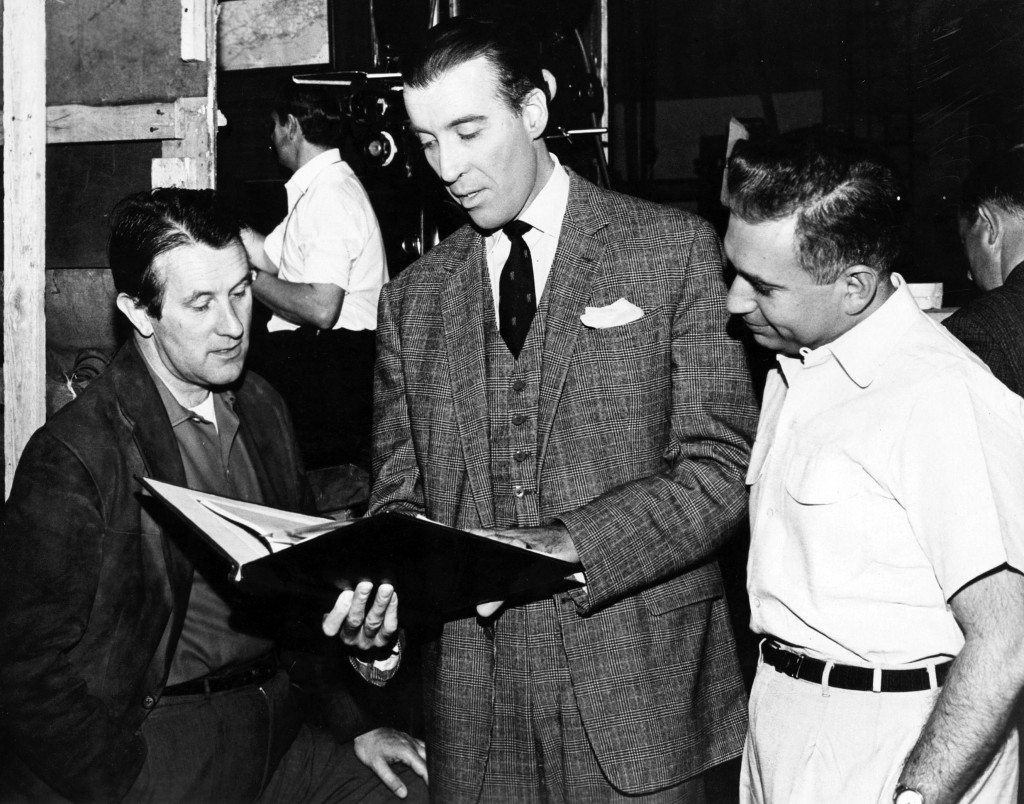
A producer is the person who is ever present throughout the entire life of the film from conception to distribution. They are responsible to bring together the movie in the conceptualization phase when the script is seen and sometimes revised, then directors and crew members are hired. They also play a huge role in casting the right actors for the right parts working alongside the casting director. They may be assisted by co-producers, executive producers and associate producers. It is the executive producer’s responsibility to secure funding for the film and help draft the budget for the film. The associate producer and co-producer do the majority of the physical work and overlook certain aspects like location scouting and rehearsals. To become a producer, you must be highly organized, decisive and convincing. You have to make sure that the entire cast and crew works together like a well-oiled machine. And while the job-description may be daunting, to say the least, it has a huge payoff.
2. Director
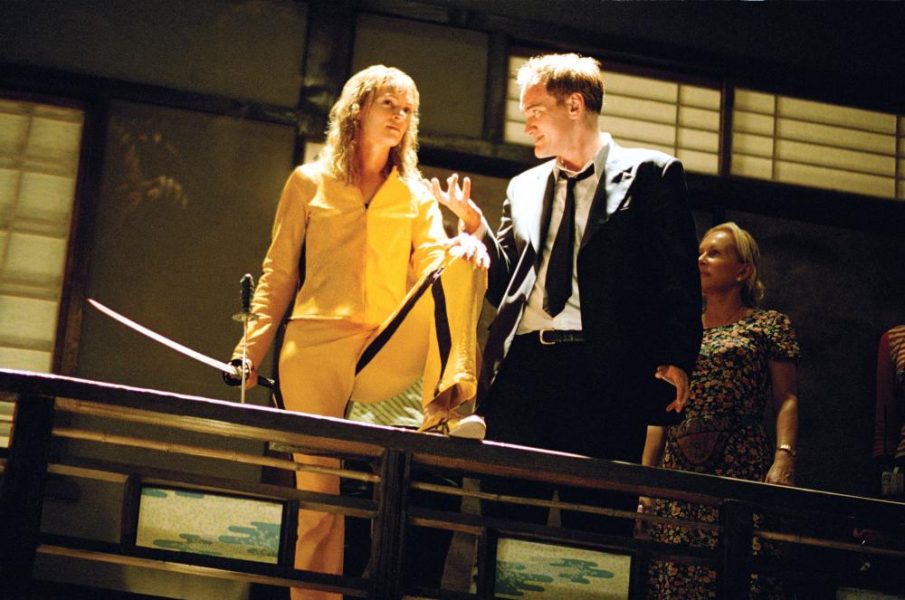
Probably the most celebrated members of the film industry, after the actors of course, are the directors. They are the voice of the film. It is the director who chooses what the viewers see and what they don’t. A director has the incredibly difficult job to bring the words on paper into life but when done right, they can turn fairly antiquated concepts into fresh stories through their own perspective. While the writer may be the source of the idea, the director is the actual storyteller which is why some directors can keep you engrossed or relaxed or thrilled or blow your minds like no story on a piece of paper can. It is said that there are mainly two types of directors; the auteur-director and the people’s directors. The auteur is a headstrong visionary who has a strong image in his head which he replicates in film while the people’s director is a lovable guy who sees the strengths of the people involved and allows them to inculcate their own touches to the final product. To be a director, you must have the ability to do either one of them well and then modulate according to the situation. The biggest factor though is that you should have a unique voice and vision. That is what has made Tarantino, Woody Allen and Scorsese great directors.
3. Writer
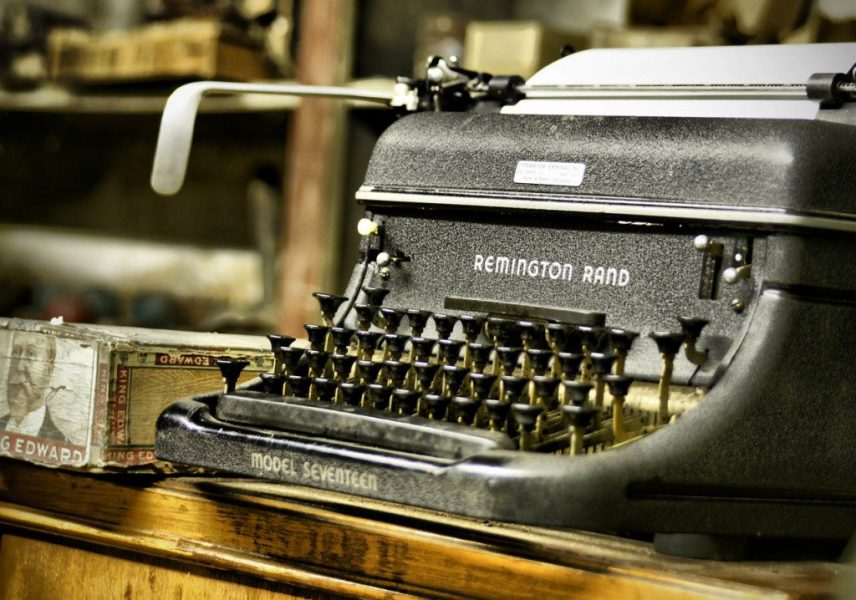
Every tree that grows comes from a small seed. In the vastness of a movie production, that seed is the writer. The writer brings an idea that will end up becoming the film. The skills it takes to be a writer for movies are very different from those for a novelist. Film writers need to communicate ideas in a way that will help the reader interpret exactly what he means. The format for writing a script is also very different but the aim of any story writer is the same; to affect the end-consumer. Writers are criminally overshadowed by actors but some great writers do rise above the pack. An example would be Aaron Sorkin whose distinct writing style makes him stand out. The writer does the most important job of all; he conceptualizes the story. Without a good, effective story the best acting performances and the best visual style of a director cannot stand. You must be a very focused individual with a penchant to generate and follow-through with great and original ideas. An original story in the current cluster of adaptations, remakes and connected film mini-verses can transcend the medium and give the audiences the freshness they want.
4. Cinematographer/ Director of Photography
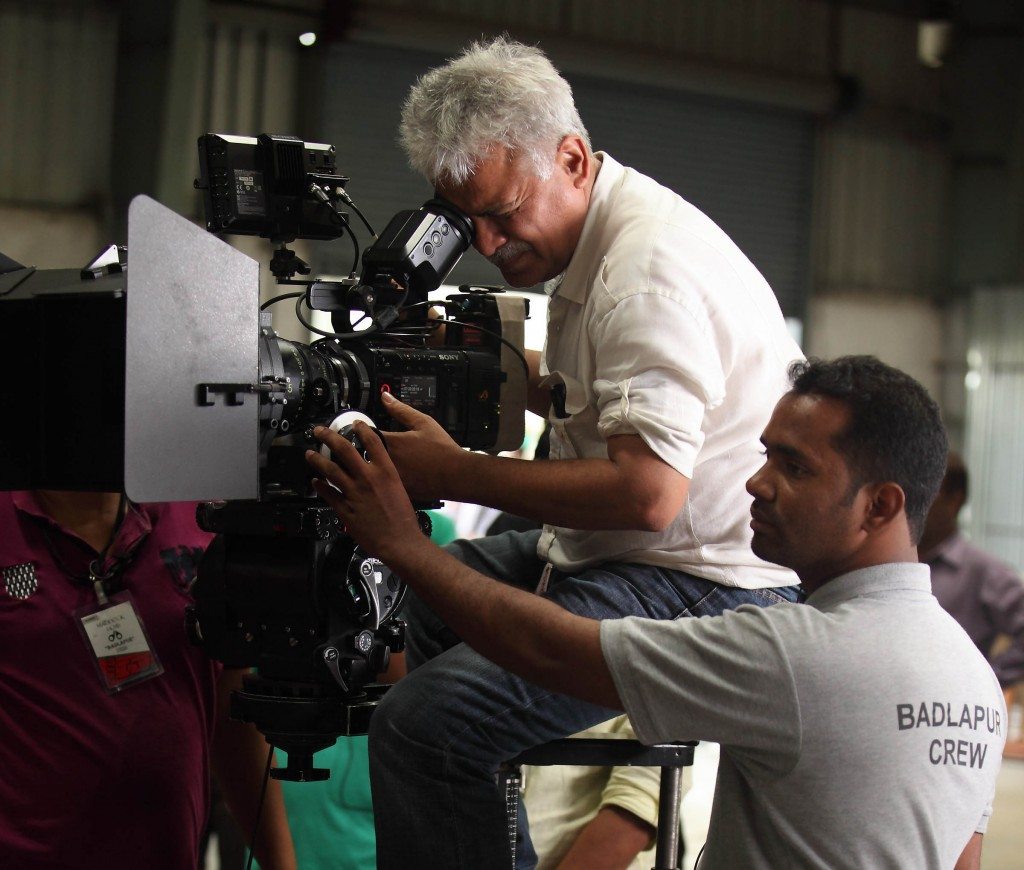
A DP is the man behind what you visually see on screen. It is his job to translate the director’s idea into a visually and aesthetically pleasing picture. A lot of times, DP’s add an extra layer of dimension to the film in a very visible way. For example, they may shoot the actor in a close-up to exaggerate the world-closing-in-on-them and shoot wide to amplify a sense of freedom. They also work with the director to choreograph motion and blocking in a scene to bring about the best result. Acclaimed DPs like Emmanual Lubezki, Robert Yeoman and Roger Deakins can add a lot of depth and character to the movie in a very distinctive way. Because their job is so closely related to the director’s you will find frequently collaborating duos like Wes Anderson- Robert Yeoman and Inarritu-Lubezki. It takes a vast technical know-how to become a cinematographer. You must become so well versed with the techniques like the basic one mentioned above, that you can decipher every scene in the film and make decisions almost instinctively. The best way to learn cinematography is by watching a lot of movies with great cinematographers.
5. Editor
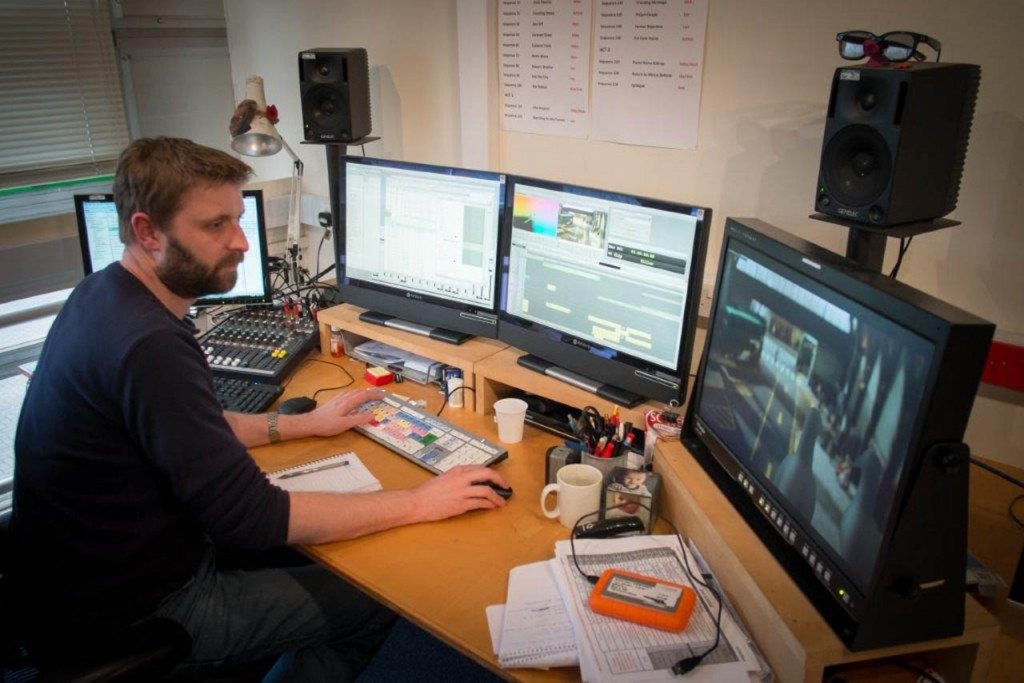
While the cinematographer may shoot the film, the final product is brought together by the editor on the editing table. A quick reminder of the fact that movies are shot completely out of order and you may start with the last scene of the movie and go back and forth like crazy to shoot the entire film. This is done for a number of reasons, largely due to scheduling of locations or actors or simply because shooting all the scenes taking place in a particular location or set at a single time is more economical. So, when all the footage reaches the editor it is just a bunch of clips with only clapboards to guide him. An editor working with the director chooses which takes to put in the film and how the story is told. The post-processing starts with the editor as he puts together what will become the final film. The editor also makes sure that the transitions are smooth from shot to shot and paces the film according to the director’s brief. To be an editor, you must learn the technicality of the highly complex editing softwares that are used on big budget films. You must be very well-versed with all the different types of cuts and transitions that are used. Most of all, you need to practice. A lot!
6. Costume Designer or Make-up Artist
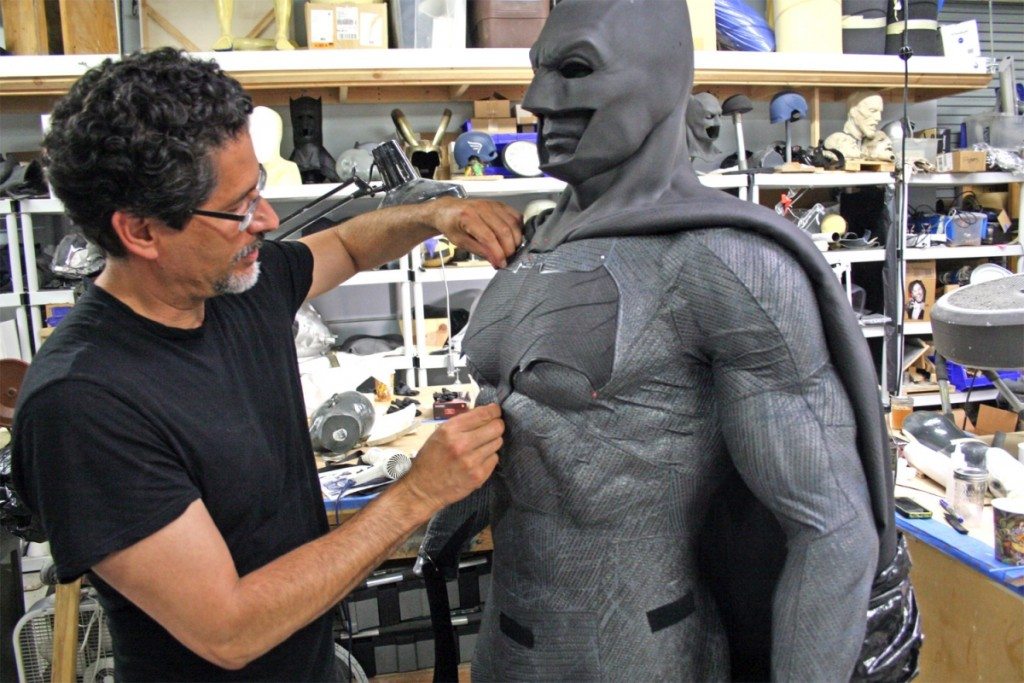
It is very important for a movie to depict the time period or the mood which can be easily done through costume and make-up. These two closely related members of the film are instrumental in accentuating the actors’ look and performance. The importance of costume and make-up is more apparent in sci-fi or period dramas where they are integral to creating the atmosphere of the time. But even in a Rom-Com and other genres, the colors of the clothes can symbolize the emotions being portrayed. The costume designer can also dress up the actor in trendy clothes or dull track pants to further set up the mood of the scene. Basic make-up is a must in any circumstance for everybody in frame but it can also be important to capture the characters age, mood, energy and vanity. It is very important for you to know what can instill which mood in the scene and this mostly comes from practice or looking at behind-the-scenes footage.
7. Art Director
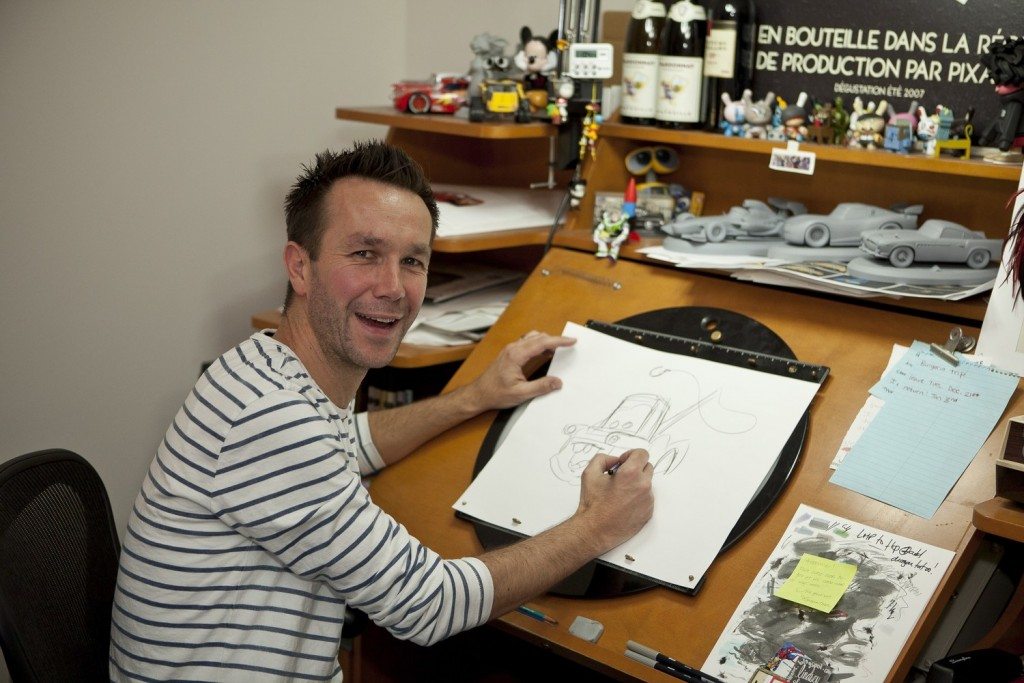
The Art Director is the person in-charge of a vast array of visual stuff. They overlook the set-builders and make sure that every bit of detail in the film is in place. This can be as readily apparent like a character’s room and the furniture in it or as small as the newspapers strewn about the table. Every bit of the work that the Art director’s team puts in makes the film look more real. They can also help build the mood of the movie through selection of a colour palette that suits it. Look to the any of Wes Anderson’s films for a great example of art direction. The way that every object in frame and even the wallpaper come together to form a pastel look that Wes Anderson loves to use, is a beautiful albeit extreme case of the art director building the set and subsequently, the setting.
8. Animator
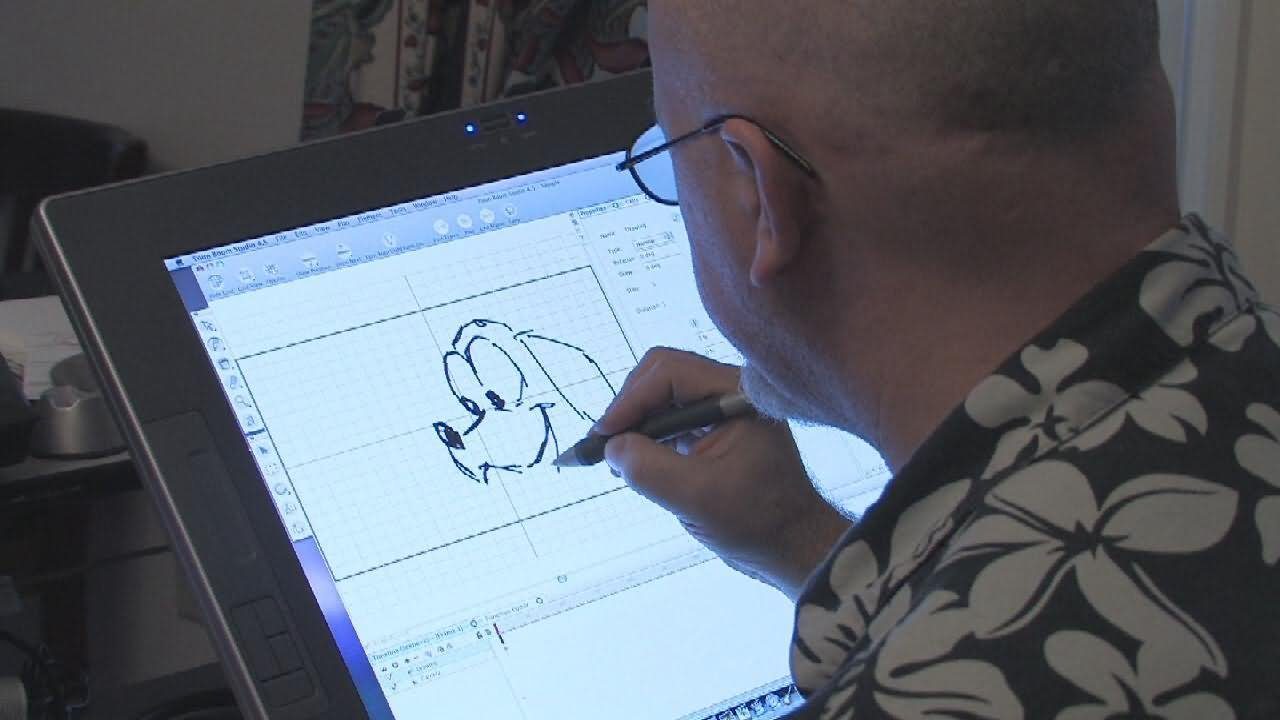
A huge subset of films is the highly profitable and highly-acclaimed Animated feature films. And since there is no actual footage, everything has to be made by animators. Before the 1990s, animators had to hand-draw thousands of frames to make minutes worth of film. But with the introduction of computers in the field, their job has changed. Animators can now create virtual objects and characters and move them from frame to frame making their job slightly easier and a lot less repetitive. They work hard to show animate every little detail like hair which is mind-bogglingly realistic these days. As an animator, you will have to have an eye for detail and a very perceptible mind to meet the director’s brief and draw every little thing into the picture. You should also be comfortable with using various animation softwares across the different styles of animation.
9. VFX Artist
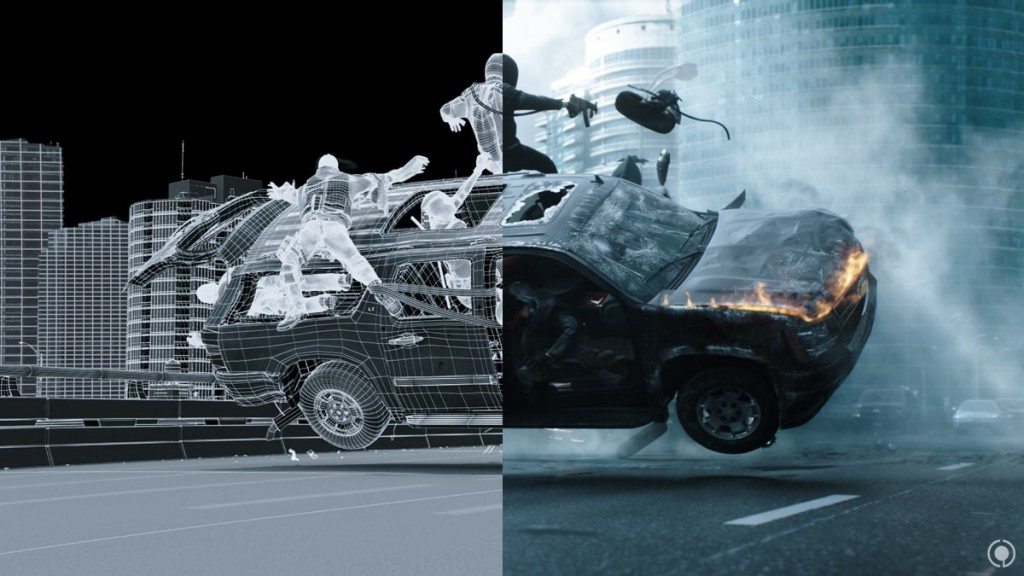
Nowadays, the year is dominated by huge budget blockbusters which use a lot of Visual Effects to reach the level of production value. But even smaller films use a lot of VFX without us even noticing and herein lies the beauty of VFX. Everything from huge explosions to the computer screens are made on a computer by a group of artists who make sure that everything lines up perfectly and it feels realistic. With the huge advances in CGI, gone is the era of practical stunts when movie like James Bond films would have actual cars jumping in the air. Today, all that can be done in the virtual world and at a fraction of the cost. This allows the films to go nuts with extravagant chases and explosions and stunts of all types using 3d models of cars and planes that can be manipulated to do anything imaginable. A subset of VFX artists called Graphical artists are responsible for designing every visual you see in a movie from posters hanging on the wall to TV screens that play in the background. All the content for the fictional world has to be created by these artists in real life. You must have a keen eye and advanced knowledge of graphical softwares like Photoshop.
10. Sound Mixer and Sound Designer
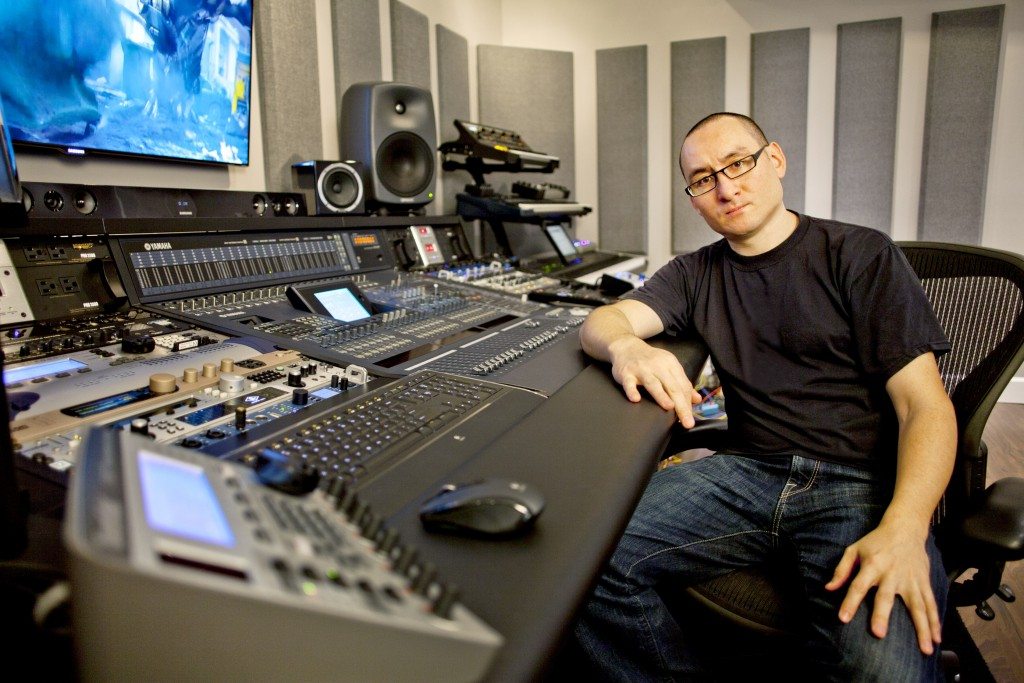
Film is an audio-visual medium but the sound is often overshadowed by fancy visuals. The sound mixer is the person on set who makes sure that perfect, crystal-clear sound is recorded. He sets up the microphones to catch the best audio for all actors. It is his job to get the correct levels of sound for actors as well as background elements like blowing winds and traffic. It takes incredible technical know-how to be a sound mixer. When the film is shot, the director works with the sound designer to finalize the sound while also adding audio effects that go with the video. They may also commission foley artists to record sounds like footsteps, dripping taps, rain, waterfalls, etc. that are more cinematic than the sound captures when shooting. For anything related to sound in films, you must have a very in-depth knowledge of the technical aspects of sound as well as a very keen ear. To study how sound design can elevate the film, watch Hitchcock’s ‘Psycho’ for the sound design that revolutionized the horror-thriller genre.
Others:
There are many more important people involved in making the film from the casting director to the stunt co-ordinator and from a script supervisor to a propmaster. And probably the most important of the under-appreciated crew members, the Assistant Directors who take on most of the responsibilities of the director without nearly enough authority. So, go out and find what suits you when you break into the business of making movies.

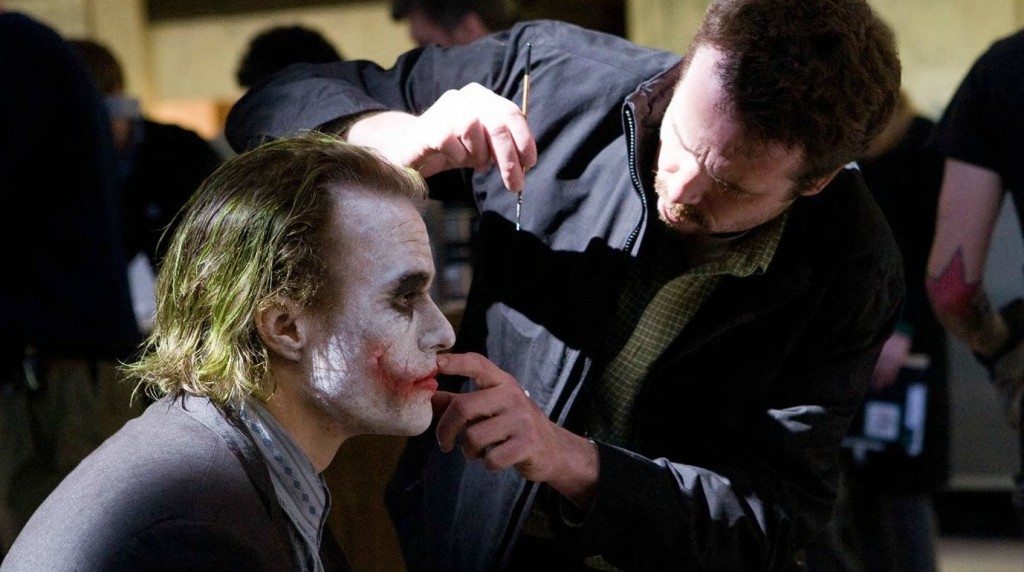
You must be logged in to post a comment.